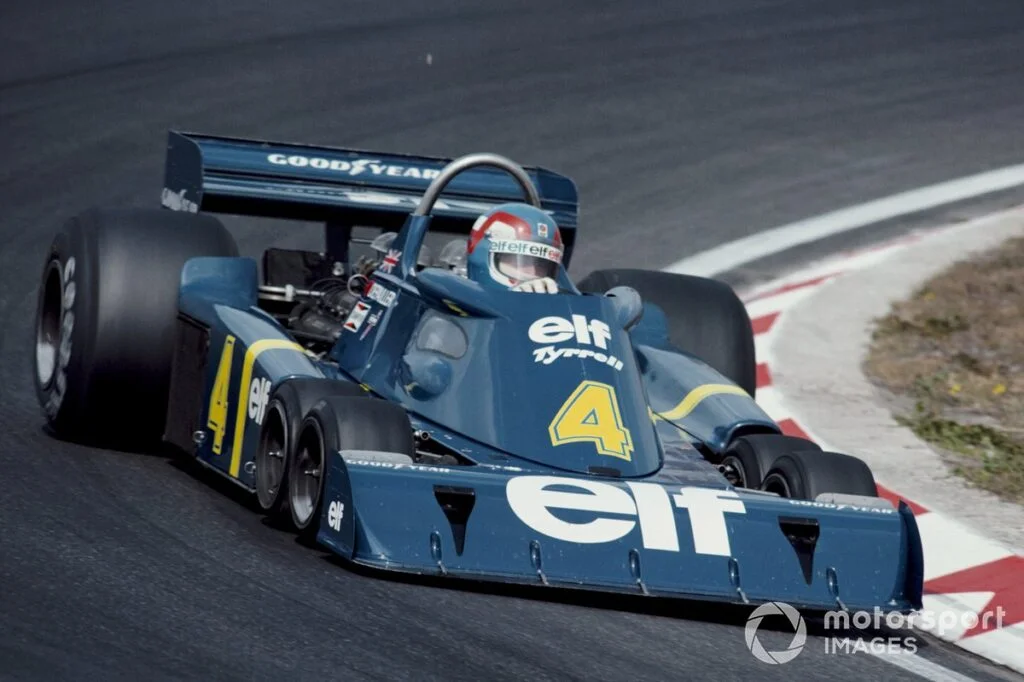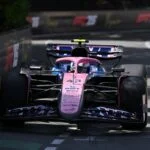The Most High-Profile Innovations Banned from Formula 1
Formula 1 racing is a dynamic sport that thrives on technological advancements. However, some innovations have been outlawed due to their potential impact on safety or competition balance. Here’s a look at ten groundbreaking technologies that were banned from the world of F1.
The Fan Car (Brabham BT46B)
The Brabham BT46B, introduced in 1978, was a remarkable car with an enormous fan engineered into it to increase downforce. This innovation helped Niki Lauda win the Swedish Grand Prix that year. However, the car was withdrawn from competition for the remainder of the season and would have been outlawed the following year due to a regulation change.
Ground Effect Cars
The ground effect philosophy, pioneered by Lotus in the 1970s, involved using skirts on either side of the car to maximize downforce created by the underside of the car. This innovation helped Team Lotus win the 1978 constructors’ title with the iconic Lotus 78. However, due to safety concerns, ground effect cars were banned from F1 for the 1983 season and made a comeback in 2022 under new regulations.

Six-Wheeled Cars (Tyrrell P34)
The Tyrrell P34, introduced in 1976, was a unique car with four wheels at the front instead of two. This design aimed to increase traction and braking performance. Although it proved successful, development of the mini tyres essential for the front wheels was cut by Goodyear, and the special rubber became scarce by the end of the 1977 season. Formula 1 cars were limited to four wheels from the 1980s onwards.

Active Suspension
Active suspension, introduced in the early 1990s, brought powered components to F1 cars to monitor and change the suspension while drivers traversed a track. This technology provided a more stable aero platform but led to its demise due to added complexities and costs. It was outlawed from Formula 1 from the 1994 season.
Tuned Mass Dampers
Tuned mass dampers, used in skyscrapers and top-tier mountain bikes, were initially used effectively in Formula 1 in the mid-2000s. They helped improve stability but faced a protest following the 2006 German GP and were outlawed by the FIA, which deemed that they aimed to “markedly improve the car’s aerodynamic output.
Double Diffuser
The double diffuser was a device deployed by teams in 2009 to maximize the effectiveness of the aerodynamic device. It created channels in the rear diffuser to maximize its surface area without exceeding the dimensions stated in the regulations. Brawn used the device to great success, winning six of the first eight races in the 2009 season. However, new regulations brought in from 2011 effectively closed off the loophole that had allowed them to be installed in the first place.
F-duct
The F-duct was a simple device implemented by McLaren on its MP4-25 in 2010. It comprised a vent in the nose of the car that directed airflow to stall the front wing and cut downforce to aid top speed. Other teams scrambled to implement F-ducts of their own, but the device was banned for the 2011 season and replaced by the Drag Reduction System.
Double DRS
Mercedes introduced a novel front wing design in 2011 and refined it in 2012, aiming to have a similar impact on the front wing as the F-duct had on the rear. However, the innovation was outlawed for the 2013 season due to teams’ efforts to find space in their cars to weave pipework from front to rear and because it hindered ‘ own front wing development.
DAS System
The DAS system, introduced by Mercedes in 2020, allowed drivers to alter the alignment of the front wheels, changing the contact patch between the tyre and the road. Uses for the system ranged from aiding tyre warmup following a safety car period to enhancing mechanical grip to improve cornering performance. However, the FIA moved to outlaw the setup from 2021 due to concerns about its impact on competition balance.
Flexi Wings (2024)
Flexible wings have been an issue in F1 for years but are under increased scrutiny now. A technical directive rolled out in 2024 seeks to reduce the permitted flex in wings and implement tougher tests on wing flexibility. Further measures are expected to be introduced at the Spanish Grand Prix to further clamp down on flexible wings in F1.







